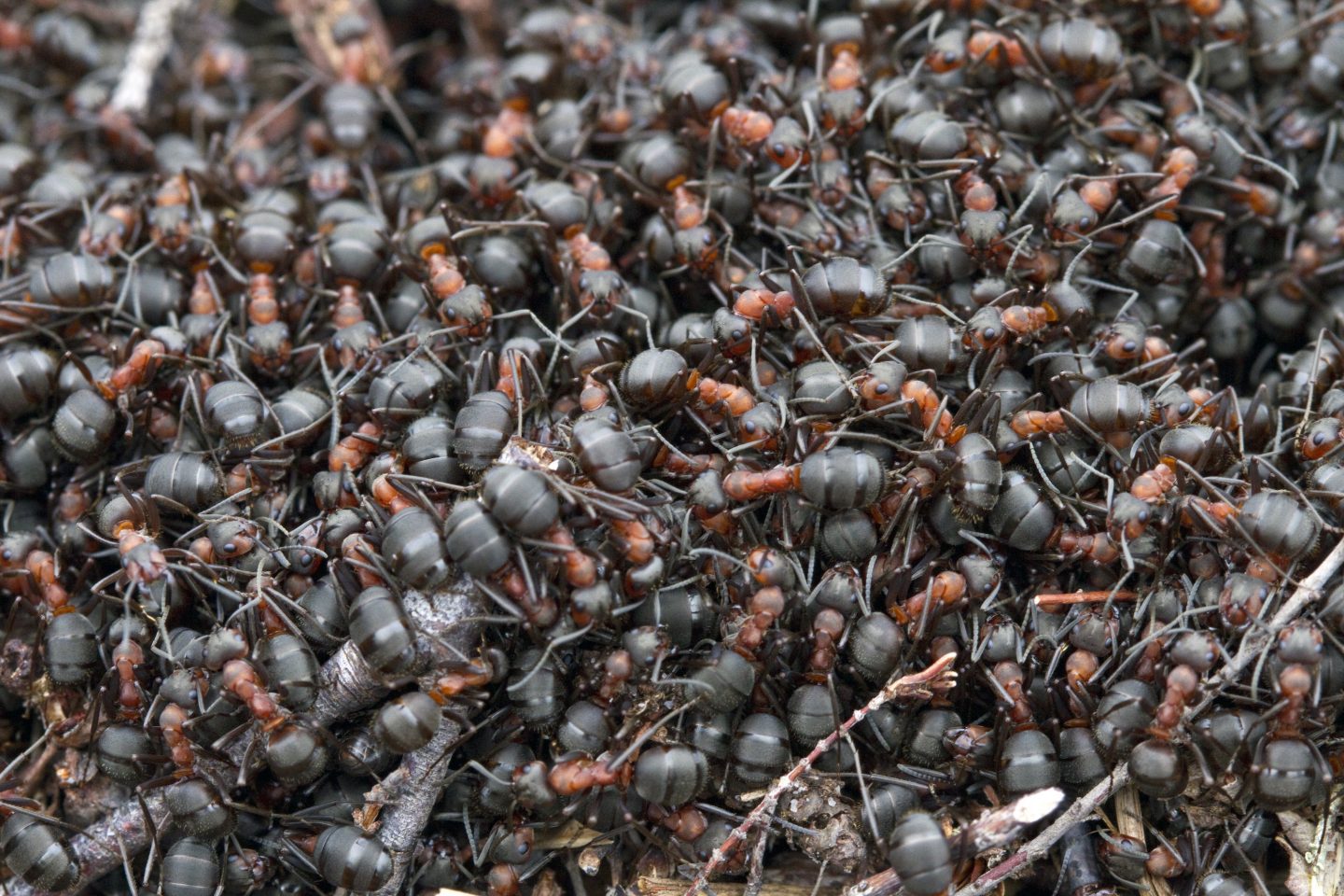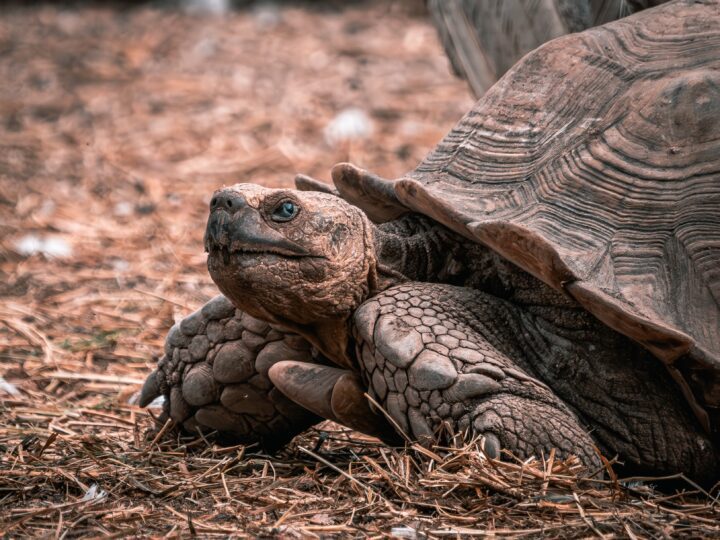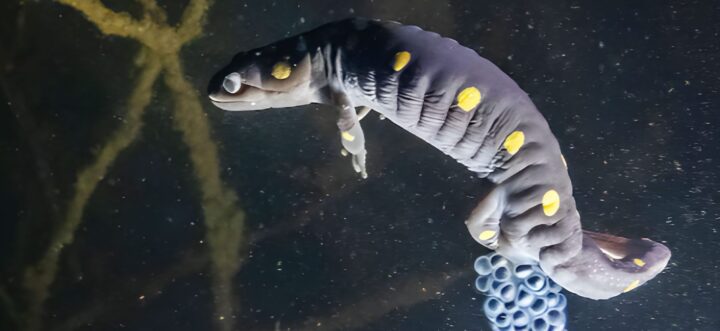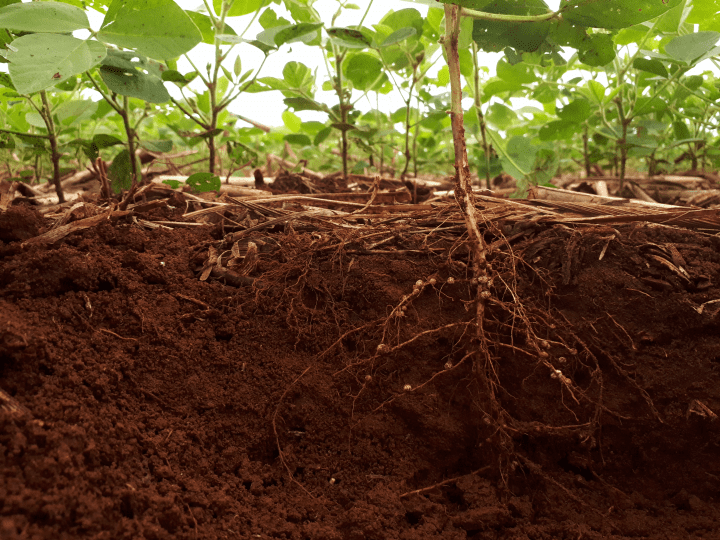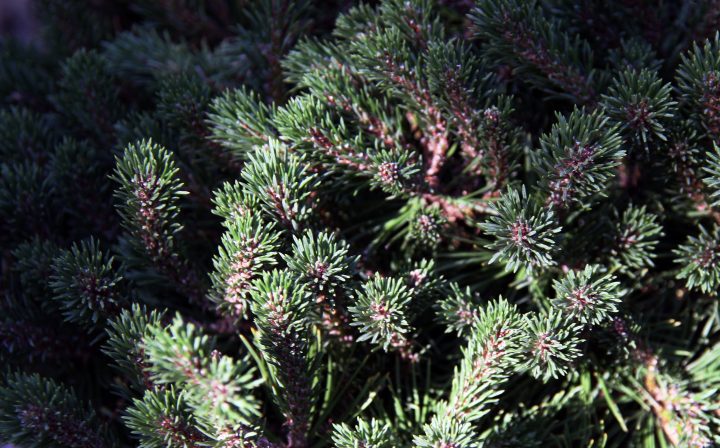Cooperate Within an Ecosystem
An ecosystem is a community of organisms (plants, animals, and microbes) interacting with one another and the nonliving components of their environment (such as air, water, and mineral soil). This interaction can be passive or active, and can cooperatively enhance the functioning of the ecosystem as a whole. For cooperation to contribute to maintaining communities within an ecosystem, it must be beneficial to at least some members of the community. Cooperation consists of symbiotic relationships, such as mutualism (in which two or more species in an ecosystem benefit) and commensalism (in which one species benefits and the effect on others is neutral). An example of a commensal relationship is that between bromeliad plants and trees: bromeliads live on trees without harming them. Bromeliads have mutualistic relationships with other species, including insects, frogs, and worms. The plants capture water in their base, forming a pond that these organisms join. The nutrients that these organisms excrete in their droppings nourish the bromeliad.
Capture, Absorb, or Filter Energy
Energy is naturally available in many forms, including kinetic, potential, thermal, elastic, radiant, chemical, and more. All living systems require energy to carry out their many activities, and have developed strategies appropriate to one or more of those forms. For example, some plants maximize their surface area available for capturing radiant energy from the sun while others have strategies to focus scattered light onto photosynthesizing areas.


